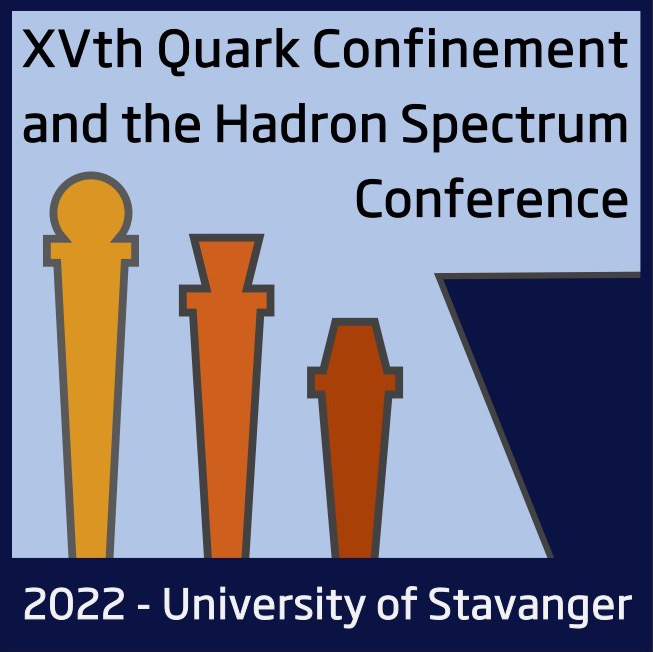Speaker
Description
The excitation spectrum of light mesons; which are composed of up, down, and strange quarks; allows us to study QCD at low energies. While the non-strange light-meson spectrum is al- ready mapped out rather well, many predicted strange mesons have not yet been observed experimentally and many potentially observed states still need further confirmation. Hence, the strange-meson spectrum still holds many surprises that need to be discovered. The COMPASS experiment at CERN has studied so far mainly non-strange mesons of the aJ and πJ families with high precision, using the dominating π− component of the beam. Using the smaller K− component allows us to investigate also the spectrum of strange mesons. The flagship channel is the K−π−π+ final state, for which COMPASS has acquired the so-far world’s largest data set. Based on this data set, we performed a partial-wave analysis in order to disentangle the produced mesons by their spin-parity quantum numbers. In this talk, we will focus on recent results from this analysis of COMPASS data and we will give prospects for a high-precision measurement of the strange-meson spectrum at AMBER – a new QCD facility at CERN.

